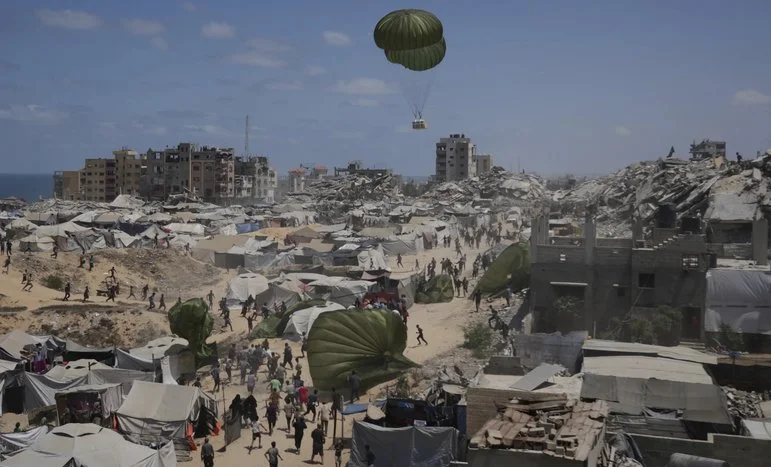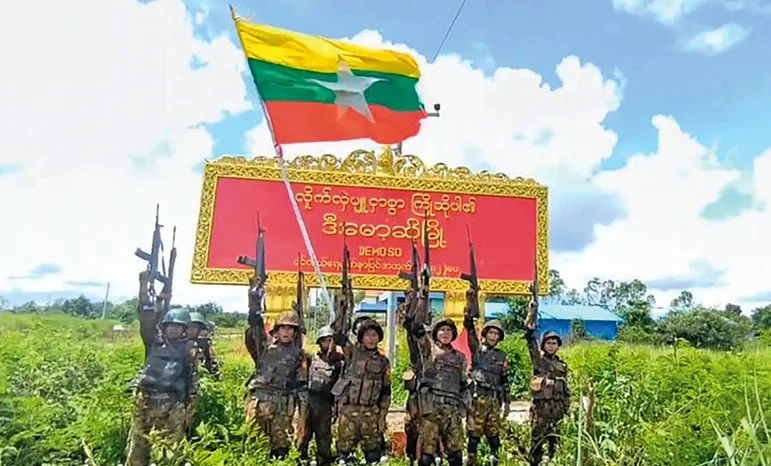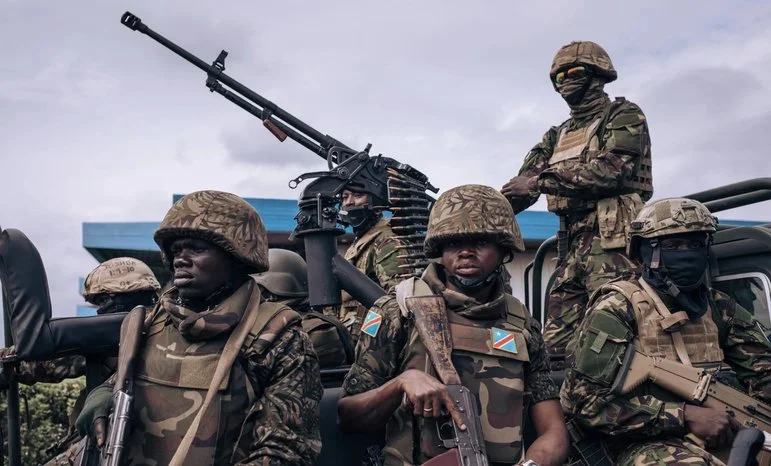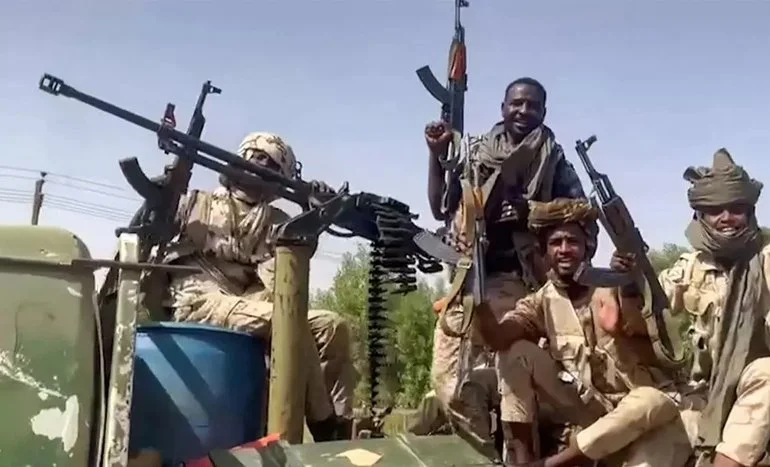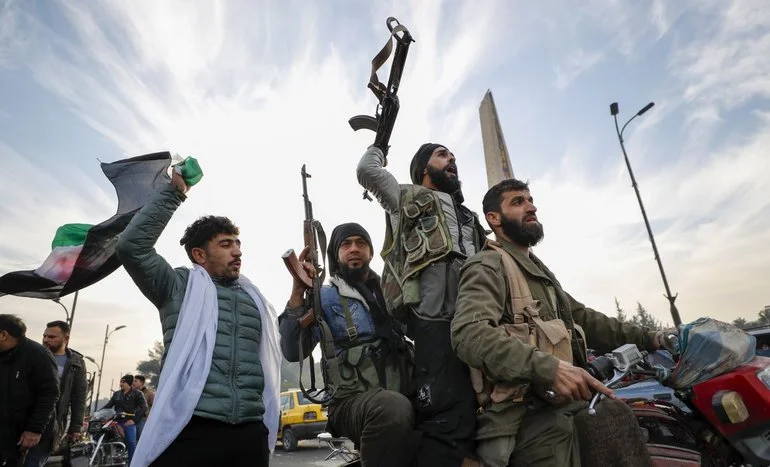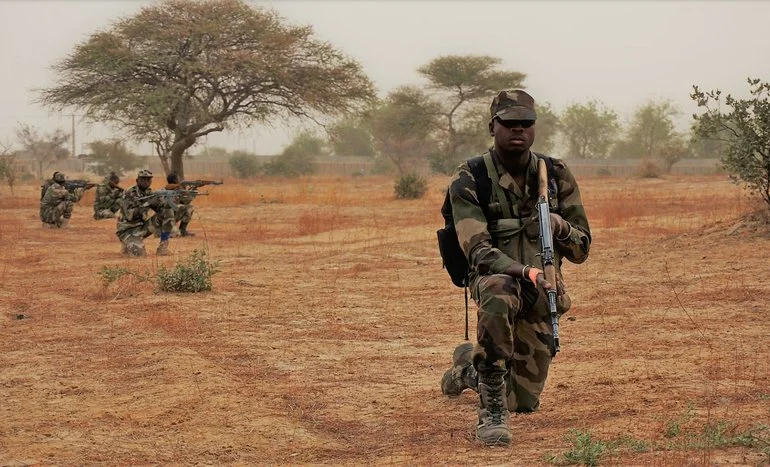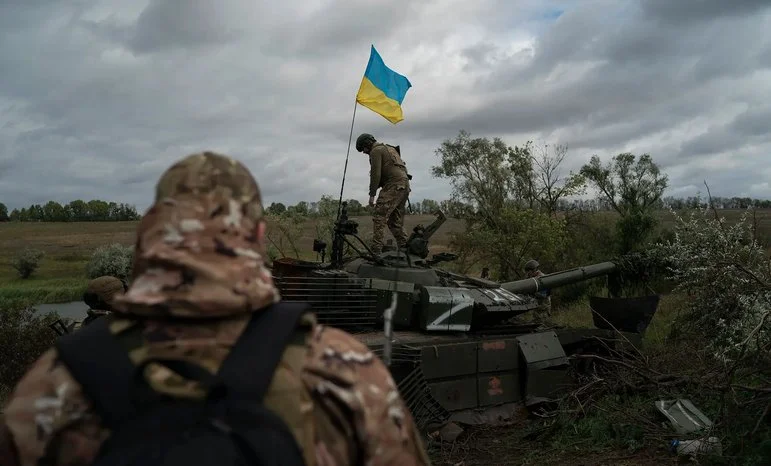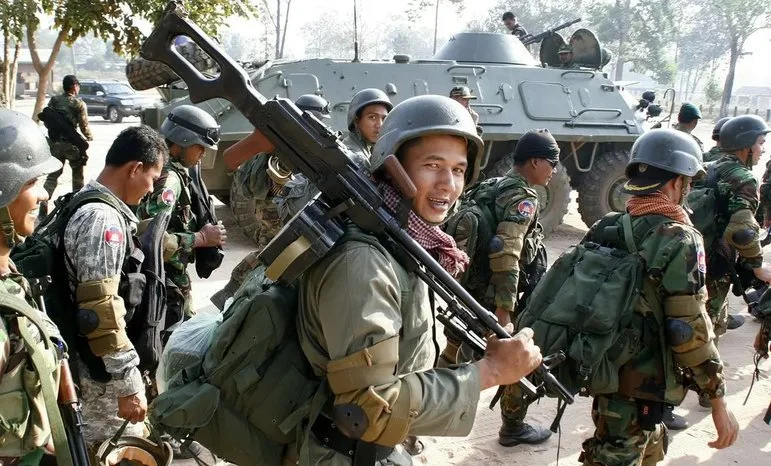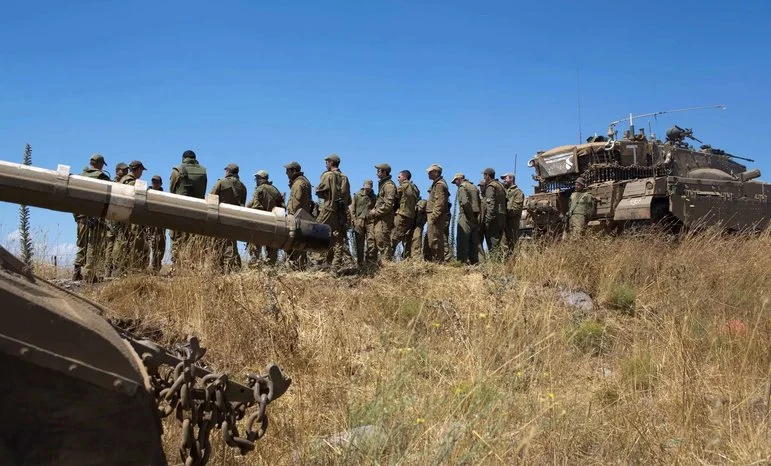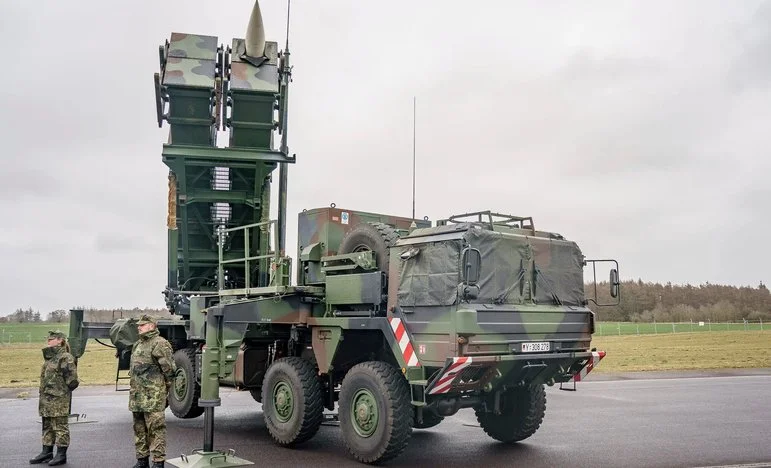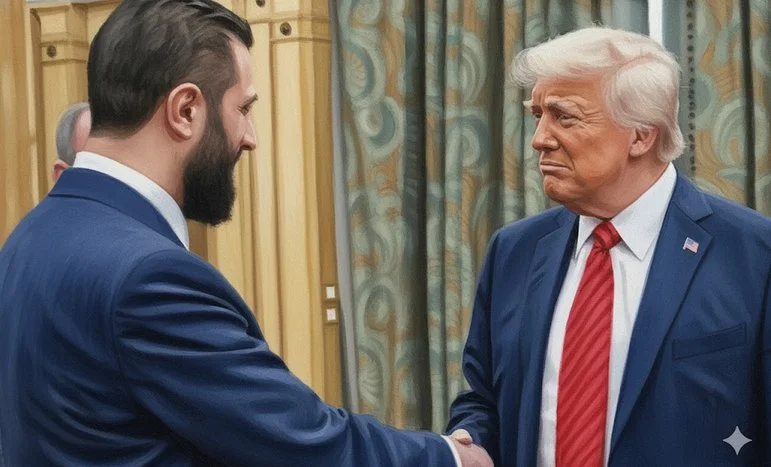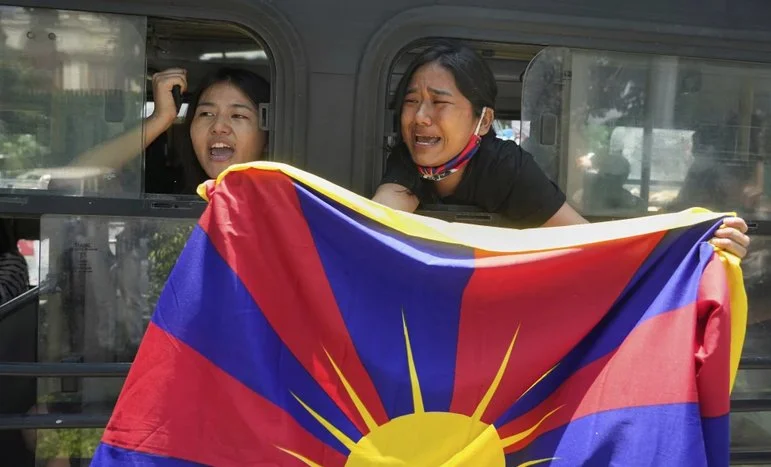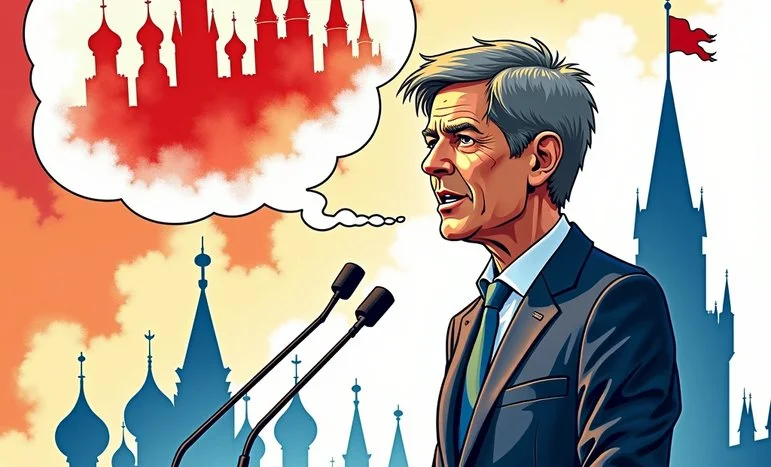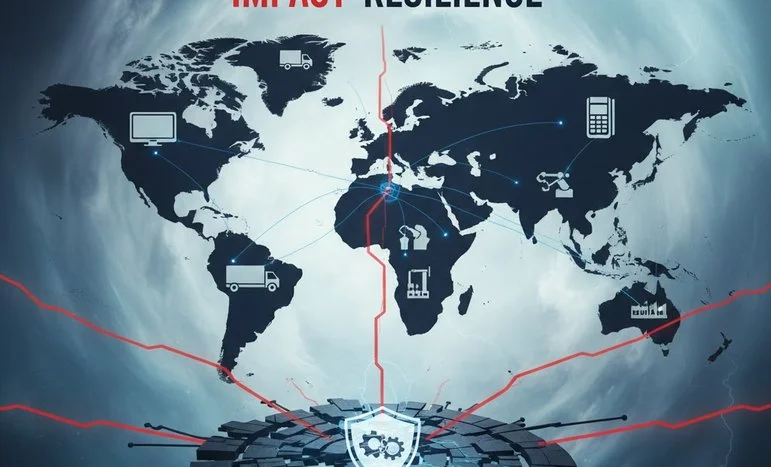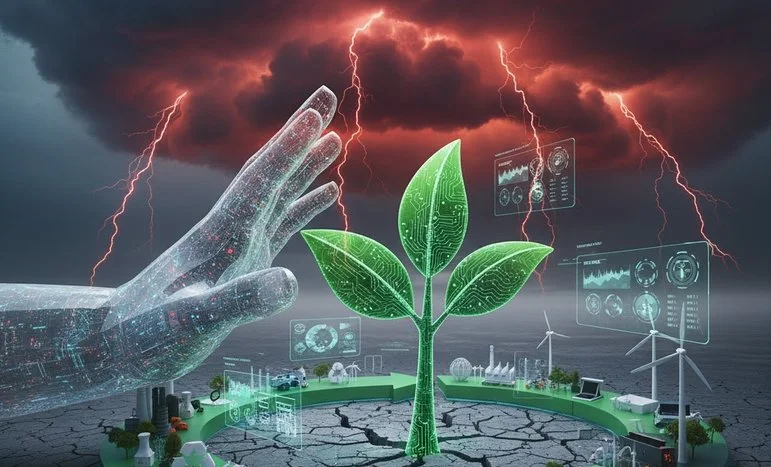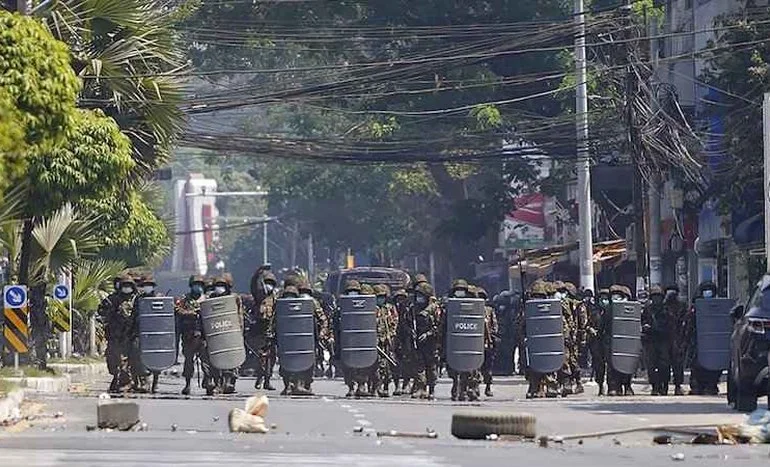
Myanmar's Silent Struggle: Civil War and a Nation Fragmented
A Nation in Turmoil
Since the February 2021 military coup that ousted the democratically elected National League for Democracy (NLD) government, Myanmar has spiraled into a nationwide civil war, pitting the military regime—known as the State Administration Council (SAC)—against a growing array of resistance forces.
These include:
- The National Unity Government (NUG), a shadow civilian administration
- Local People’s Defense Forces (PDFs)
- Long-standing ethnic armed organizations such as the Kachin Independence Army (KIA), Chin National Army (CNA), and Karen National Union (KNU)
Escalating Violence and Collapse of Governance
The conflict has expanded across almost every region of the country, especially in Sagaing, Chin, Kachin, Kayah, and Rakhine states. Airstrikes, artillery shelling, and scorched-earth tactics by the junta have devastated towns and villages.
Key impacts include:
- Mass displacement: Over 2.5 million people are internally displaced, with many lacking food, shelter, and medical care.
- Civilian casualties: Thousands have died, including children and aid workers, often in indiscriminate attacks.
- Economic breakdown: The kyat has plummeted, inflation is rampant, and healthcare and education systems are barely functioning.
Humanitarian Crisis Worsens
The civil war has produced one of Asia’s worst humanitarian crises:
- Aid access is heavily restricted, especially in conflict zones.
- A parallel health crisis is emerging due to disease outbreaks and medical shortages.
- The junta’s crackdown on civil society and media has made accurate reporting extremely difficult.
A Fragmented Future
Myanmar is increasingly fragmented—not just politically, but geographically and ethnically. De facto autonomous zones are emerging under ethnic armed groups and PDF control, while the central military junta clings to major cities and strategic points.
This fragmentation raises long-term concerns about:
- Territorial integrity
- Post-conflict reconciliation
- Future governance structures
The Path Ahead
Despite the staggering cost, resistance movements remain resilient, fueled by public outrage and hope for a democratic future. However, without a comprehensive political solution or international pressure for negotiation, the war shows no sign of ending.
Myanmar’s people continue to suffer silently, caught between military brutality and the hope of liberation. The world must not look away.
We appreciate that not everyone can afford to pay for Views right now. That’s why we choose to keep our journalism open for everyone. If this is you, please continue to read for free.
But if you can, can we count on your support at this perilous time? Here are three good reasons to make the choice to fund us today.
1. Our quality, investigative journalism is a scrutinising force.
2. We are independent and have no billionaire owner controlling what we do, so your money directly powers our reporting.
3. It doesn’t cost much, and takes less time than it took to read this message.
Choose to support open, independent journalism on a monthly basis. Thank you.
